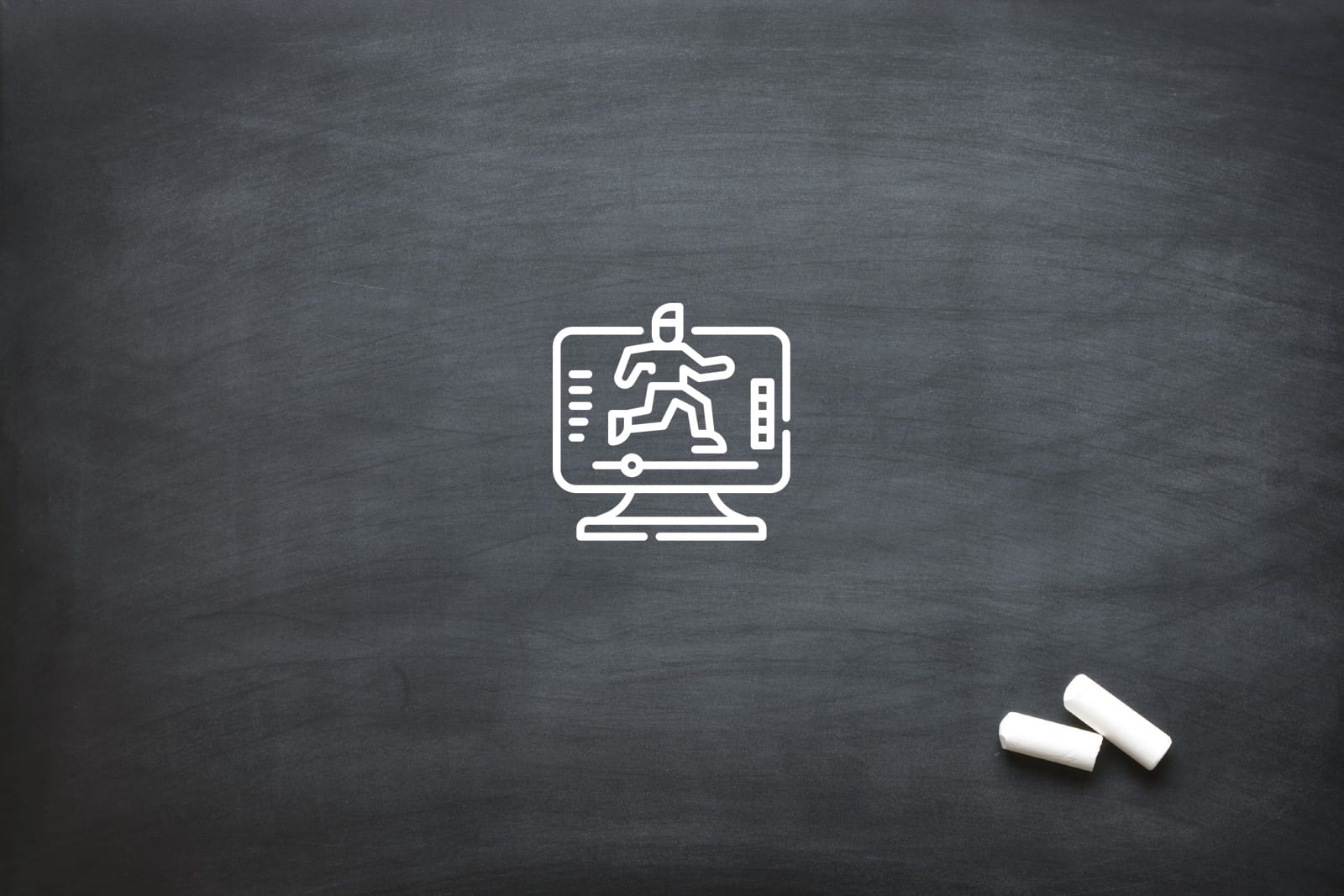
Creating Believable Weight and Physics
For 3D animators, creating motion that feels tangible, grounded, and physically credible is an essential craft. Animation is not merely about moving objects or characters; it is about making audiences believe those characters exist within a world governed by gravity, inertia, and force. The difference between good and exceptional animation often lies in how convincingly weight is portrayed, allowing viewers to connect with each movement on an instinctive, emotional level.
Believable weight in animation is achieved through an in-depth understanding of physical principles, refined keyframe timing, and detailed attention to secondary motion. Whether animating a heroic jump, a slow exhausted walk, or an object falling onto a wooden floor, 3D animators need to apply physics convincingly to ensure every scene carries the realism and immersive quality required in high-end productions today.
Grasping Weight Shift and Balance
Weight shift forms the foundation of realistic character movement. 3D animators need to understand how a character’s centre of mass transitions during different motions to keep balance believable. For instance, during a walk, the hip and torso subtly sway to counterbalance the leg lift, and during a jump, the entire body compresses downward before propelling upwards. These micro-adjustments of balance convey mass convincingly, giving each action intention and purpose.
Studying real-life references is crucial to mastering weight shift. Watching athletes or dancers can teach 3D animators how even simple gestures require full-body adjustments to maintain stability. Without incorporating these shifts, animations can appear weightless or floaty, breaking audience immersion. Carefully crafted weight shifts also add personality, allowing characters to appear confident, cautious, tired, or energetic based on how they manage their mass in movement.
Animating Impacts and Landings
Landing from a jump or colliding with an object are moments where physics realism becomes obvious. For 3D animators, crafting these moments requires understanding force absorption. An effective landing animation includes a contact pose, where the feet touch down; a down pose, where joints compress under the force; a recoil, where the character pushes back slightly due to momentum; and a recovery, returning to a neutral stance. This sequence replicates how force flows through the body.
Adding squash to the joints or torso upon impact enhances realism, showing how muscles and soft tissue compress under force. For instance, when a character lands from a high jump, bending the knees significantly, compressing the spine, and lowering the hips quickly demonstrate the sudden deceleration and gravity’s pull. Each of these elements combined signals believable weight and ensures viewers intuitively understand the physical reality within the scene.
Follow-Through and Overlapping Action
Follow-through and overlapping action are crucial to creating natural movement. These principles describe how different parts of a character continue moving after the main body has stopped, and how secondary elements begin motion slightly later than the primary action. For 3D animators, incorporating them prevents stiffness and portrays inertia accurately. Hair, clothing, tails, or accessories are often animated with overlap to signal flexible, physics-driven behaviour.
For example, when a character stops abruptly, their hair or loose clothing should continue in the direction of motion before settling back. Likewise, when swinging an arm, the wrist and fingers should slightly lag behind the forearm, adding flow and believability. Without follow-through and overlap, motion appears robotic and unnatural, breaking the illusion of life that 3D animators strive to create in every project.
Squash and Stretch for Weight Illusion
Squash and stretch is a foundational principle that gives mass and flexibility to objects or characters. When used subtly, it can be essential for realism, not just cartoon exaggeration. 3D animators apply squash and stretch to show how forms deform under force, such as a character’s torso compressing as they land from a jump, or a cheek squashing during a strong smile. Maintaining volume while distorting shape is key to avoiding unnatural warping.
Even hard objects benefit from minimal squash and stretch to soften impacts visually, enhancing realism while preserving believability. When animating a falling ball, stretching it slightly just before impact and squashing it as it hits the ground conveys elasticity and force transfer. For characters, integrating these deformations communicates muscle tension, gravity, and subtle micro-forces that make every movement grounded and immersive.
Animating Different Masses
Distinguishing between light and heavy objects is critical for 3D animators aiming to portray realistic physics. Light objects accelerate and decelerate rapidly with minimal anticipation, while heavier objects require slower build-up and greater exertion to move. For instance, throwing a feather involves minimal force and has a fast, airy motion arc, whereas throwing a heavy rock demands visible strain, slower acceleration, and a powerful follow-through.
Animating different masses is an opportunity to build narrative meaning. A hero lifting a heavy boulder conveys strength and determination, while a character swiftly tossing a small stone indicates agility and ease. Adjusting timing, spacing, and anticipatory poses for each object’s mass ensures the audience instantly recognises weight differences, building authenticity and deepening emotional engagement in the animated scene.
Secondary Motion in Physics
Secondary motion encompasses all the subtle, delayed movements that follow the primary action. For 3D animators, it is an essential tool to enrich realism. Hair swaying after a turn, fat or muscle jiggling after an impact, or accessories swinging after a jump add layers of physical believability. These micro-movements are dictated by inertia, gravity, and drag forces, creating a sense of life that static, single-motion animation lacks.
Implementing secondary motion requires an understanding of physics principles like damping, elasticity, and inertia. If a character spins quickly, their hair will lag slightly, overshoot the final pose, and settle with small oscillations. Failing to animate these subtle reactions results in dead, unnatural visuals. Integrating secondary motion demonstrates a 3D animator’s mastery in portraying life-like weight and ensures viewers remain immersed in the animated world.
Gravity’s Influence on Motion Arcs
Gravity shapes every motion’s arc, influencing both the spacing and trajectory of animated objects and characters. When a character jumps, the ascent slows as gravity pulls back, peaks briefly, and the descent accelerates into a curved arc. Ignoring gravity’s effect results in motion that feels floaty or mechanical. 3D animators must trace motion arcs during animation to refine curvature, ensuring believable rises and falls that adhere to natural forces.
By adjusting the speed at which objects rise and fall, animators communicate weight differences effectively. Heavy objects follow a steep, fast descent, while lighter objects float longer. Creating clean arcs also improves aesthetic appeal and clarity of action, enhancing both physics realism and visual storytelling impact within the scene.
Timing and Spacing Adjustments
Timing and spacing are the heart of believable physics in animation. For 3D animators, refining keyframes to achieve authentic acceleration, deceleration, and impact forces is a daily pursuit. Slow-in and slow-out principles ensure motions begin with gentle acceleration and end with deceleration, reflecting how real bodies and objects move under force. This creates smooth, organic movement rather than abrupt or linear motion.
Precise spacing adjustments can communicate energy, weight, and intention. For example, the spacing in a punch animation tightens dramatically at contact for a snappy impact, while wide, even spacing in a floating balloon movement depicts a gentle, weightless drift. Mastering timing and spacing empowers 3D animators to manipulate audience perception of physics and mass effortlessly, heightening realism in every scene.
Physics-Based Simulation Integration
Modern animation workflows integrate physics-based simulations to achieve realism beyond manual keyframing alone. Cloth, hair, and soft-body simulations allow 3D animators to create natural reactions to gravity, collisions, and motion forces efficiently. These tools enhance scenes where secondary elements must interact dynamically with characters and environments, adding believability while saving time.
However, the artistry remains in blending simulation results with keyframe animation. For instance, animators might animate a character jump manually to control timing and silhouette while using simulation to drive clothing or accessory dynamics realistically. This hybrid approach combines intentional design with physics accuracy, resulting in scenes that are both visually powerful and physically grounded.
Animating Environmental Interactions
When characters interact with their environment—pushing, pulling, lifting, or striking objects—every motion must respect real-world physics to feel grounded. 3D animators need to animate force exertion convincingly, showing how characters brace, shift weight, and apply effort. For example, pushing open a heavy door requires a lowered stance, foot pressure against the ground, and a gradual force application through the arms and torso.
Equally important is animating the object’s response. If a character lifts a box, the box must lag slightly as tension builds, then follow the upward arc smoothly, with believable spacing and timing. Coordinating these dual animations—character and object—demonstrates mastery in depicting physics interactions and ensures the final animation is immersive and credible.
Crafting believable weight and physics in animation is about understanding and applying force, timing, deformation, and follow-through. These principles allow 3D animators to breathe life into their creations, ensuring every movement resonates with realism, emotional truth, and visual clarity. By mastering these techniques, animations transition from mere motion to cinematic storytelling filled with purpose and impact.
At Oliver Karstel Creative Agency, our skilled team of 3D animators combines artistic vision with technical precision to craft animations grounded in authentic physics. If you want your next animation project to showcase true realism and immersive impact, contact us today. Let us bring your vision to life with weight, balance, and beauty.






